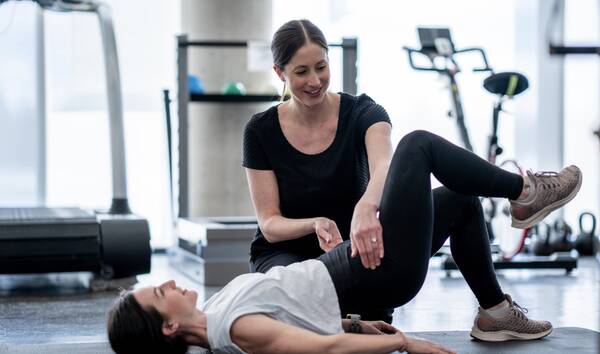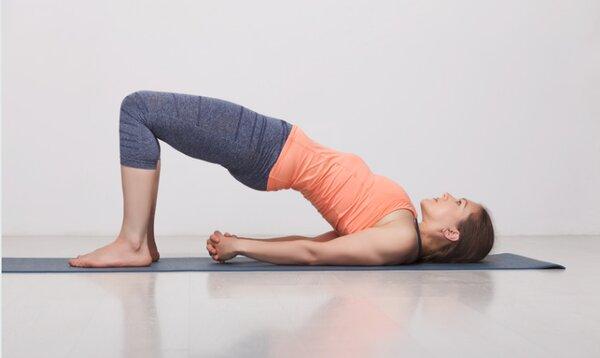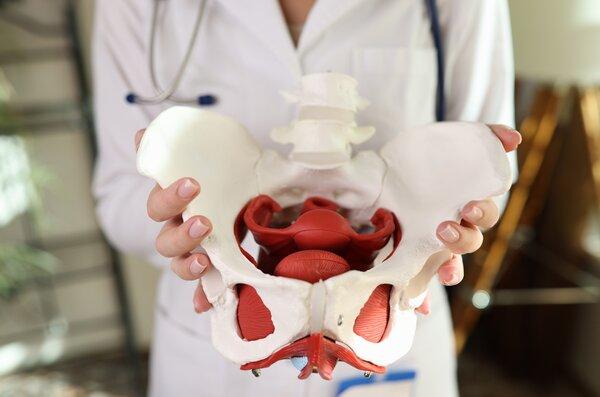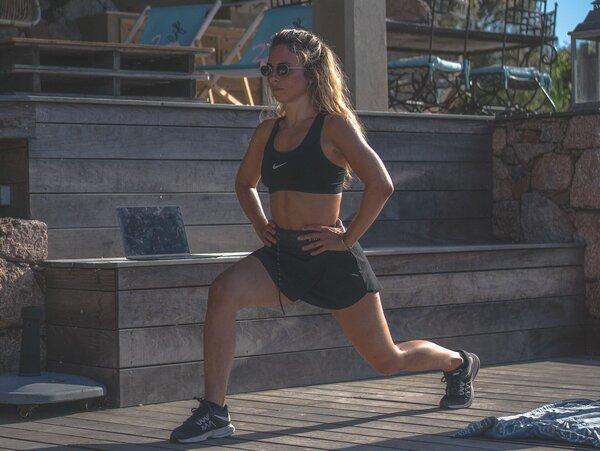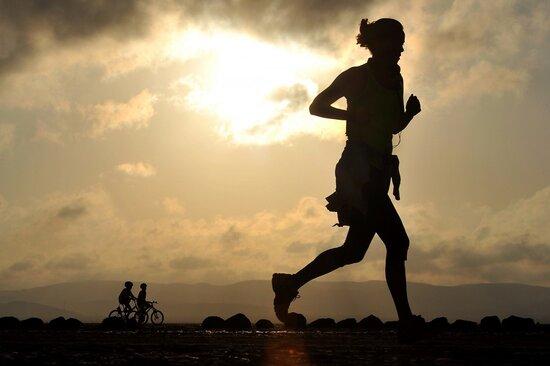
(Note: Some of the links in this post are affiliate links, and we will be compensated when you make a purchase by clicking through our links at no additional cost to you.)
Running is an invigorating and empowering form of exercise that boosts your cardiovascular fitness and clears your mind. However, for some individuals, the joy of running can be hampered by the embarrassing and frustrating issue of urinary incontinence. Whether you’re a seasoned marathoner or just starting on your running journey, dealing with urinary incontinence can be challenging. But fear not! In this guide, we will go into the causes of incontinence while running and provide you with effective solutions to help you regain your confidence and hit the pavement without worries.
Understanding Incontinence and Its Causes
Incontinence, commonly known as bladder leakage, occurs when the muscles that control your bladder become weakened or compromised. This issue can manifest during various physical activities, including running. There are several types of incontinence, but stress incontinence is the most prevalent among runners.
Stress incontinence is triggered by pressure on the bladder due to activities like running, jumping, sneezing, or laughing. It’s particularly common in women, especially those who have given birth, as the pelvic floor muscles may become stretched and weakened.
Contributing Factors to Incontinence While Running
- Weak Pelvic Floor Muscles: The pelvic floor muscles play a crucial role in supporting your bladder and preventing leakage. Engaging in high-impact activities like running without a strong pelvic floor can lead to leaks.
- Hormonal Changes: Hormonal fluctuations, such as those experienced during menopause, can lead to a loss of elasticity in the urethra and weaken bladder control.
- Dehydration: Inadequate hydration can irritate the bladder and increase the urgency to urinate, making leakage more likely.
- High-Impact Exercises: The repeated pounding of your feet on the ground during running can strain the pelvic floor muscles, triggering leaks.
- Improper Pre-Run Preparations: Not emptying your bladder before a run or consuming too much liquid before heading out can contribute to incontinence.
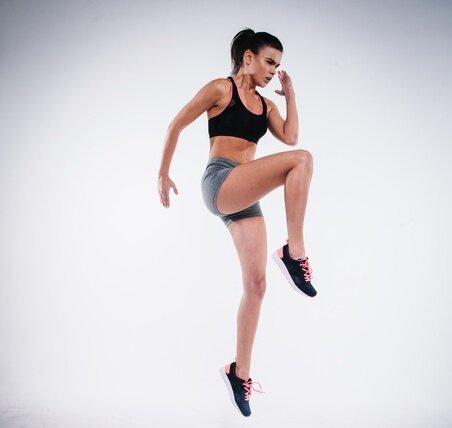
Solutions and Strategies for Managing Incontinence While Running
- Pelvic Floor Exercises: Strengthening your pelvic floor muscles can significantly improve bladder control. Regularly practicing strengthening exercises like the Kegel exercises helps tone these muscles and reduce the likelihood of leaks. Check out these 5 Exercises More Effective Than Kegels For Pelvic Floor Strength.
- Stay Hydrated, But Manage Fluid Intake: Proper hydration is essential, but try to distribute your fluid intake throughout the day rather than consuming large amounts just before running. This can reduce the strain on your bladder during exercise.
- Maintain a Healthy Weight: Excess weight can put additional pressure on your pelvic floor muscles. By maintaining a healthy weight, you can alleviate stress on these muscles and reduce the risk of incontinence.
- Choose the Right Gear: Wearing appropriate clothing and supportive undergarments can provide extra comfort and prevent unnecessary pressure on your pelvic area.
- Bladder Emptying Routine: Develop a habit of emptying your bladder before you head out for a run. This reduces the pressure on your bladder and minimizes the risk of leakage.
- Incorporate Low-Impact Exercises: While running provides an excellent cardiovascular workout, adding low-impact exercises like swimming or cycling to your routine can give your pelvic floor muscles a break while maintaining your fitness levels.
- Practice Timed Voiding: Train your bladder by gradually increasing the time between bathroom breaks. This can help your bladder hold more urine and decrease the frequency of leaks.
- Consult a Healthcare Professional: If incontinence continues to be a significant concern, consulting a healthcare provider, such as a pelvic floor physical therapist, can offer personalized guidance and treatments.
- Protective Products: There’s no shame in using protective products like panty liners or pads designed for incontinence. They can provide a sense of security during your runs.
- Mindfulness Techniques: Incorporating relaxation and mindfulness techniques can help manage stress, which can indirectly impact bladder control.
Urinary incontinence while running should never hinder your passion for staying active and healthy. By understanding the causes and implementing these solutions, you can take control of your bladder health and enjoy your runs without worrying about leakage. Remember, you’re not alone in this journey, and there’s a wealth of resources and support available to help you overcome this challenge. Stay committed, stay strong, and keep running toward a healthier, more confident you!



